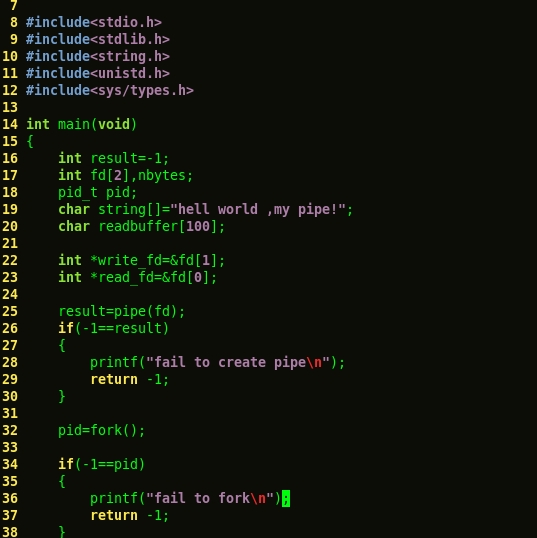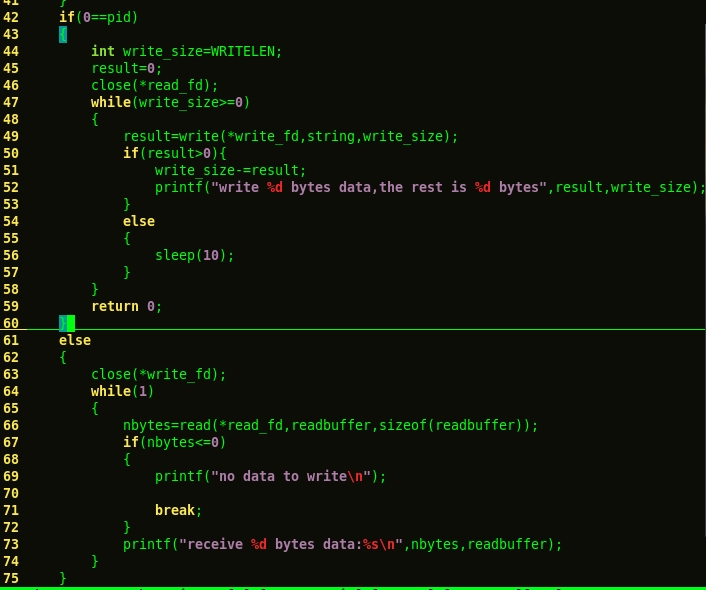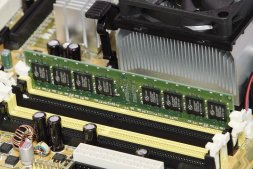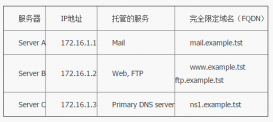管道是一種把兩個進(jìn)程之間的標(biāo)準(zhǔn)輸入和標(biāo)準(zhǔn)輸出連接起來的機制,從而提供一種讓多個進(jìn)程間通信的方法,當(dāng)進(jìn)程創(chuàng)建管道時,每次都需要提供兩個文件描述符來操作管道。其中一個對管道進(jìn)行寫操作,另一個對管道進(jìn)行讀操作。對管道的讀寫與一般的io系統(tǒng)函數(shù)一致,使用write()函數(shù)寫入數(shù)據(jù),使用read()讀出數(shù)據(jù)。
|
1
2
3
|
#include<unistd.h>int pipe(int filedes[2]); |
返回值:成功,返回0,否則返回-1。參數(shù)數(shù)組包含pipe使用的兩個文件的描述符。fd[0]:讀管道,fd[1]:寫管道。
必須在fork()中調(diào)用pipe(),否則子進(jìn)程不會繼承文件描述符。兩個進(jìn)程不共享祖先進(jìn)程,就不能使用pipe。但是可以使用命名管道。



當(dāng)管道進(jìn)行寫入操作的時候,如果寫入的數(shù)據(jù)小于128k則是非原子的,如果大于128k字節(jié),緩沖區(qū)的數(shù)據(jù)將被連續(xù)地寫入管道,直到全部數(shù)據(jù)寫完為止,如果沒有進(jìn)程讀取數(shù)據(jù),則將一直阻塞,如下:



在上例程序中,子進(jìn)程一次性寫入128k數(shù)據(jù),當(dāng)父進(jìn)程將全部數(shù)據(jù)讀取完畢的時候,子進(jìn)程的write()函數(shù)才結(jié)束阻塞并且
返回寫入信息。
命名管道fifo
管道最大的劣勢就是沒有名字,只能用于有一個共同祖先進(jìn)程的各個進(jìn)程之間。fifo代表先進(jìn)先出,單它是一個單向數(shù)據(jù)流,也就是半雙工,和
管道不同的是:每個fifo都有一個路徑與之關(guān)聯(lián),從而允許無親緣關(guān)系的進(jìn)程訪問。
|
1
2
3
4
5
|
#include <sys/types.h> #include <sys/stat.h> int mkfifo(const char *pathname, mode_t mode); |
這里pathname是路徑名,mode是sys/stat.h里面定義的創(chuàng)建文件的權(quán)限.
有親緣關(guān)系進(jìn)程間的fifo的例子
|
1
2
3
4
5
6
7
8
9
10
11
12
13
14
15
16
17
18
19
20
21
22
23
24
25
26
27
28
29
30
31
32
33
34
35
36
37
38
39
40
41
42
43
44
45
46
47
48
49
50
51
52
53
54
55
56
57
58
59
60
61
62
63
64
65
66
67
68
69
|
/* * 有親緣關(guān)系的進(jìn)程間的fifo的使用 * fifo 使用的簡單例子 */#include "../all.h"#define fifo_path "/tmp/hover_fifo"voiddo_sig(int signo){ if (signo == sigchld) while (waitpid(-1, null, wnohang) > 0) ;}intmain(void){ int ret; int fdr, fdw; pid_t pid; char words[10] = "123456789"; char buf[10] = {'\0'}; // 創(chuàng)建它,若存在則不算是錯誤, // 若想修改其屬性需要先打開得到fd,然后用fcntl來獲取屬性,然后設(shè)置屬性. if (((ret = mkfifo(fifo_path, file_mode)) == -1) && (errno != eexist)) perr_exit("mkfifo()"); fprintf(stderr, "fifo : %s created successfully!\n", fifo_path); signal(sigchld, do_sig); pid = fork(); if (pid == 0) { // child if ((fdr = open(fifo_path, o_wronly)) < 0) // 打開fifo用來寫 perr_exit("open()"); sleep(2); // 寫入數(shù)據(jù) if (write(fdr, words, sizeof(words)) != sizeof(words)) perr_exit("write"); fprintf(stderr, "child write : %s\n", words); close(fdw); } else if (pid > 0) { // parent if ((fdr = open(fifo_path, o_rdonly)) < 0) // 打開fifo用來讀 perr_exit("open()"); fprintf(stderr, "i father read, waiting for child ...\n"); if (read(fdr, buf, 9) != 9) //讀數(shù)據(jù) perr_exit("read"); fprintf(stderr, "father get buf : %s\n", buf); close(fdr); } // 到這里fifo管道并沒有被刪除,必須手動調(diào)用函數(shù)unlink或remove刪除. return 0; } |
從例子上可以看出使用fifo時需要注意:
*fifo管道是先調(diào)用mkfifo創(chuàng)建,然后再用open打開得到fd來使用.
*在打開fifo時要注意,它是半雙工的的,一般不能使用o_rdwr打開,而只能用只讀或只寫打開.
fifo可以用在非親緣關(guān)系的進(jìn)程間,而它的真正用途是在服務(wù)器和客戶端之間. 由于它是半雙工的所以,如果要進(jìn)行客戶端和服務(wù)器雙方的通信的話,
每個方向都必須建立兩個管道,一個用于讀,一個用于寫.
下面是一個服務(wù)器,對多個客戶端的fifo的例子:
server 端的例子:
|
1
2
3
4
5
6
7
8
9
10
11
12
13
14
15
16
17
18
19
20
21
22
23
24
25
26
27
28
29
30
31
32
33
34
35
36
37
38
39
40
41
42
43
44
45
46
47
48
49
50
51
52
53
54
55
56
57
58
59
60
61
62
63
64
65
66
67
68
69
70
71
72
73
74
75
|
/* * fifo server */#include "all.h"intmain(void){ int fdw, fdw2; int fdr; char clt_path[path_len] = {'\0'}; char buf[max_line] = {'\0'}; char *p; int n; if (mkfifo(fifo_svr, file_mode) == -1 && errno != eexist) perr_exit("mkfifo()"); if ((fdr = open(fifo_svr, o_rdonly)) < 0) perr_exit("open()"); /* * 根據(jù)fifo的創(chuàng)建規(guī)則, 若從一個空管道或fifo讀, * 而在讀之前管道或fifo有打開來寫的操作, 那么讀操作將會阻塞 * 直到管道或fifo不打開來讀, 或管道或fifo中有數(shù)據(jù)為止. * * 這里,我們的fifo本來是打開用來讀的,但是為了,read不返回0, * 讓每次client端讀完都阻塞在fifo上,我們又打開一次來讀. * 見unpv2 charper 4.7 */ if ((fdw2 = open(fifo_svr, o_wronly)) < 0) fprintf(stderr, "open()"); while (1) { /* read client fifo path from fifo_svr */ /* 這里由于fifo_svr有打開來寫的操作,所以當(dāng)管道沒有數(shù)據(jù)時, * read會阻塞,而不是返回0. */ if (read(fdr, clt_path, path_len) < 0) { fprintf(stderr, "read fifo client path error : %s\n", strerror(errno)); break; } if ((p = strstr(clt_path, "\r\n")) == null) { fprintf(stderr, "clt_path error: %s\n", clt_path); break; } *p = '\0'; dbg("clt_path", clt_path); if (access(clt_path, w_ok) == -1) { // client fifo ok, but no permission perror("access()"); continue; } /* open client fifo for write */ if ((fdw = open(clt_path, o_wronly)) < 0) { perror("open()"); continue; } if ((n = read(fdr, buf, words_len)) > 0) { /* read server words is ok */ printf("server read words : %s\n", buf); buf[n] = '\0'; write(fdw, buf, strlen(buf)); } } close(fdw); unlink(fifo_svr); exit(0);} |
客戶端的例子:
|
1
2
3
4
5
6
7
8
9
10
11
12
13
14
15
16
17
18
19
20
21
22
23
24
25
26
27
28
29
30
31
32
33
34
35
36
37
38
39
40
41
42
43
44
45
46
|
/* * fifo client * */#include "all.h"intmain(void){ int fdr, fdw; pid_t pid; char clt_path[path_len] = {'\0'}; char buf[max_line] = {'\0'}; char buf_path[max_line] = {'\0'}; snprintf(clt_path, path_len, fifo_clt_fmt, (long)getpid()); dbg("clt_path1 = ", clt_path); snprintf(buf_path, path_len, "%s\r\n", clt_path); if (mkfifo(clt_path, file_mode) == -1 && errno != eexist) perr_exit("mkfifo()"); /* client open clt_path for read * open server for write */ if ((fdw = open(fifo_svr, o_wronly)) < 0) perr_exit("open()"); /* write my fifo path to server */ if (write(fdw, buf_path, path_len) != path_len) perr_exit("write()"); if (write(fdw, words, words_len) < 0) /* write words to fifo server */ perr_exit("error"); if ((fdr = open(clt_path, o_rdonly)) < 0) perr_exit("open()"); if (read(fdr, buf, words_len) > 0) { /* read reply from fifo server */ buf[words_len] = '\0'; printf("server said : %s\n", buf); } close(fdr); unlink(clt_path); exit(0);} |
以上就是本文的全部內(nèi)容,希望對大家的學(xué)習(xí)有所幫助,也希望大家多多支持服務(wù)器之家。
原文鏈接:http://www.cnblogs.com/kunhu/p/3608109.html














